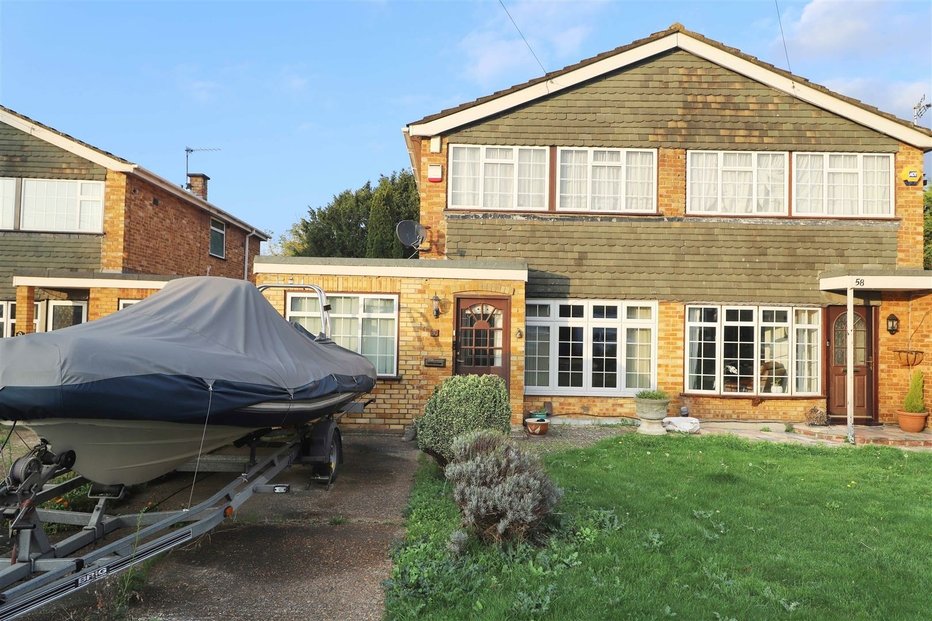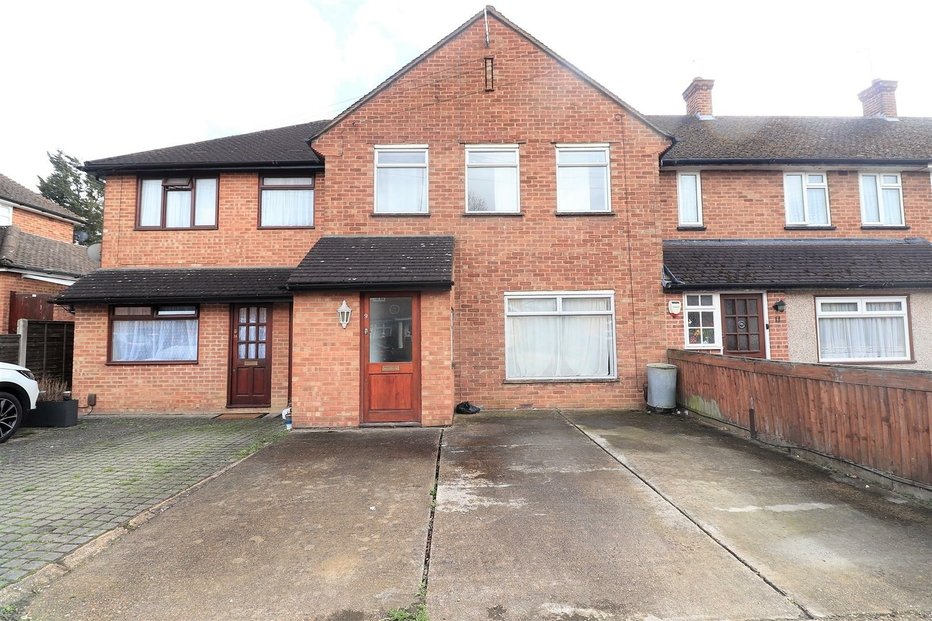Data from Home.co.uk has shown that as the market adapts to reduced demand and slower market conditions settle in, sellers have had little choice but to respond with a wave of price cuts across the UK.
According to Home.co.uk's latest report, the East of England, joined the year-on-year negative club as the slowdown spreads north and west Expectations are that prices will slide in these regions (with others soon to follow) for several years as the 'double-bubble' deflates.
Despite another dismal month for London and surrounds, overall the mix-adjusted average home price for England and Wales actually nudged up slightly, propelled by huge leaps in Yorkshire and the West Midlands as their regional property booms reach their climax: high on optimism but low on sustainability.
Meanwhile, both mean and median marketing times are longer than a year ago and still climbing. The scale and scope of the downturn continue to increase in line with our expectations. Consequently, year-on-year price growth is trending to zero (now a paltry 0.6%) while stock levels are moving up.
The same trend of supply-induced slowdown together with a reduction in demand which led to market saturation in London, the South East and East of England has now taken hold in the East Midlands. Supply is up by 9% compared to a year ago in this newly beleaguered regional market and price falls seem imminent.
Contrary to the doom and gloom engulfing the South and East, the northern and western regional property markets are outperforming the rest by a significant margin in terms of price growth, especially Wales which is leading the price growth table ahead of the West Midlands and the North West. However, as we stated last month, the end of the boom is within sight for the West Midlands as rising supply starts to overtake demand.
Overall, supply of property for sale in the UK is up by 6% and the total stock for sale has increased by 10.7% year-on-year.
In October 2017, the annualised rate of increase of home prices was 3.3%; today the same measure is just 0.6% and is trending to zero (and below).
Doug Shephard, Director at Home.co.uk, comments: "The market correction is now well underway. This month another key region, the East of England, joined the year-on-year negative club and the South West is applying for membership.
Looking at the 7-year growth figures, it appears that London and the East of England have the furthest to fall in this downturn,
having notched up ludicrous growth of 53% and 48% respectively. Overall, annualised price growth for England and Wales looks set to hit zero by the end of the year and fall into the negative in early 2019.
This is the hangover after one of the biggest property investment binges in UK history, fuelled, of course, by ultra-low interest rates. How long it will take to play out is unclear but we don’t expect the market to return to overall growth anytime soon.
The key backstop for sliding prices will always be rental yield. Rents are rising rapidly in the capital region (up 5% YoY) and we expect this to continue. That may offer a ray of hope for the sales market, but it will take some time for yields to improve appreciably to the extent that investors once again buoy demand.
Our most optimistic forecast is for some time in 2020.
All eyes will be on the Greater London market for signs of recovery, since the first to fall will be expected to be the first to show ‘green shoots’. In particular, it will be the likes of Belgravia and Chelsea that should recover first as it was there that the current downturn first took hold before spreading out into the rest of the country.
For the time being, prices are still sliding in these London boroughs. Since the peak in December 2015, the typical price of a flat has fallen 19% in both locations. Moreover, both Time on Market figures and stock levels are still rising in these prime areas and, as long as that is the case, prices will be heading south.
So buckle up and hold on to your hats. Fingers crossed that the ‘crash test dummies’ at the Bank of England have done their maths right."
















Having bought through Cameron, i felt they kept me update to date with everything that was going on. There was no hassle arranging viewings, and they helped me all the way through the process. Good, efficient service. Will definitely recommend!
... read more